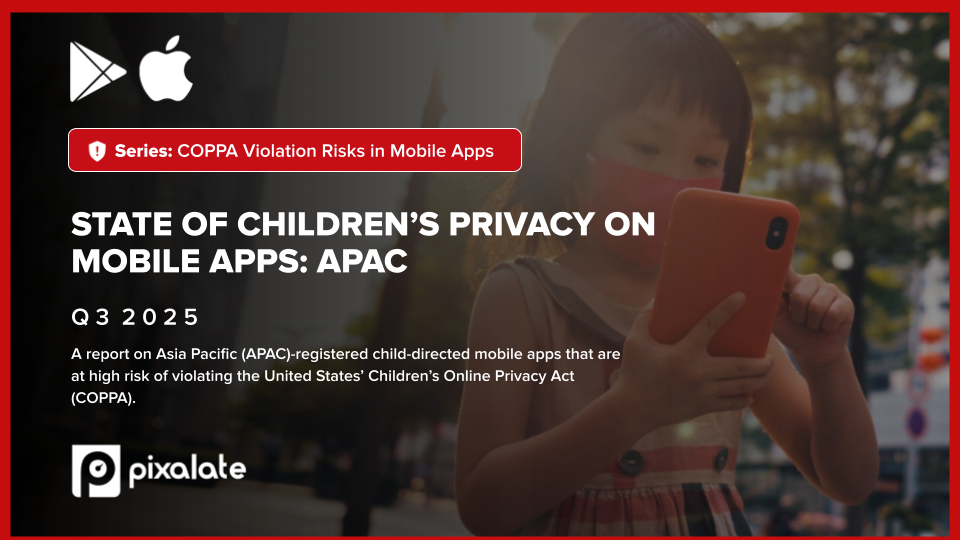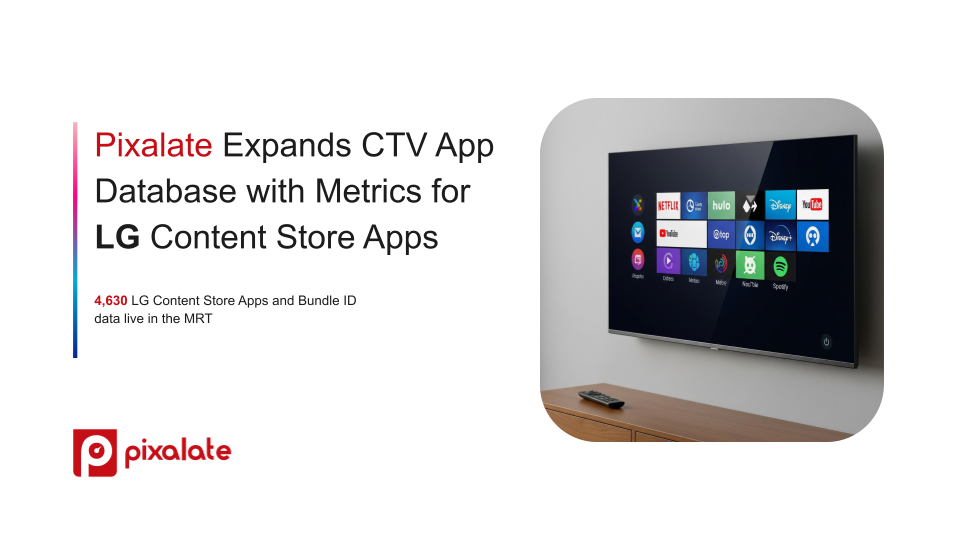3 things to know
- Over 813,000 app were delisted in H1 2021
- Android delisted apps were downloaded 9.3 billion times prior to delisting
- 59% of delisted iOS apps had no privacy policy
Each day, thousands of apps disappear from the Google Play Store and Apple App Store for various reasons, both practical and malicious.
For example, the app could be delisted by the developer, who decided that the user should no longer download the app for some reason. However, Google and Apple can also take action to delist apps which are dangerous, fraudulent, or do not meet privacy requirements, among other reasons.
The scale of delisted apps is significant
According to Pixalate’s analysis, in H1 2021, there were over 813,000 apps delisted from the Apple App Store and Google Play Store combined, including 440,000 in Q2 2021 alone.

Delisted apps are not always niche. For example, Android apps delisted in H1 2021 were downloaded 9.3 billion times prior to delisting. Meanwhile, iOS apps had more than 20 million user ratings before delisting.
Why are mobile apps being delisted?
As mentioned above, there could be many reasons for an app to be delisted from an app store, and that information is not generally publicly available. Pixalate is neither asserting nor assigning a reason for any delisting action. However, we have analyzed the delisted apps for potential patterns. Here’s what we found::
- 25% of delisted Android apps and 59% of delisted iOS apps had no privacy policy
- 66% of delisted Android apps had at least one ‘dangerous permission,’ as defined by Google
- 27% of delisted Android apps had access to GPS data; 19% could access the camera
Pixalate’s H1 2021 Delisted Apps Report reveals more insights about delisted mobile apps from both the Google Play Store and Apple App Store. Check this link to find more insights about delisted mobile apps.
Disclaimer
The content of this blog, and the Publisher Trust Indexes (collectively, the “Indexes”), reflect Pixalate’s opinions with respect to factors that Pixalate believes may be useful to the digital media industry. The Indexes examine programmatic advertising activity on mobile apps and Connected TV (CTV) apps (collectively, the “apps”). As cited in the Indexes and referenced in the Indexes’ key findings reproduced herein, the ratings and rankings in the Indexes are based on a number of metrics (e.g., “Brand Safety”) and Pixalate’s opinions regarding the relative performance of each app publisher with respect to the metrics. The data is derived from buy-side, predominantly open auction, programmatic advertising transactions, as measured by Pixalate. The Indexes examine global advertising activity across North America, EMEA, APAC, and LATAM, respectively, as well as programmatic advertising activity within discrete app categories. Any insights shared are grounded in Pixalate’s proprietary technology and analytics, which Pixalate is continuously evaluating and updating. Any references to outside sources in the Indexes and herein should not be construed as endorsements. Pixalate’s opinions are just that, opinions, which means that they are neither facts nor guarantees; and neither this press release nor the Indexes are intended to impugn the standing or reputation of any person, entity or app.







